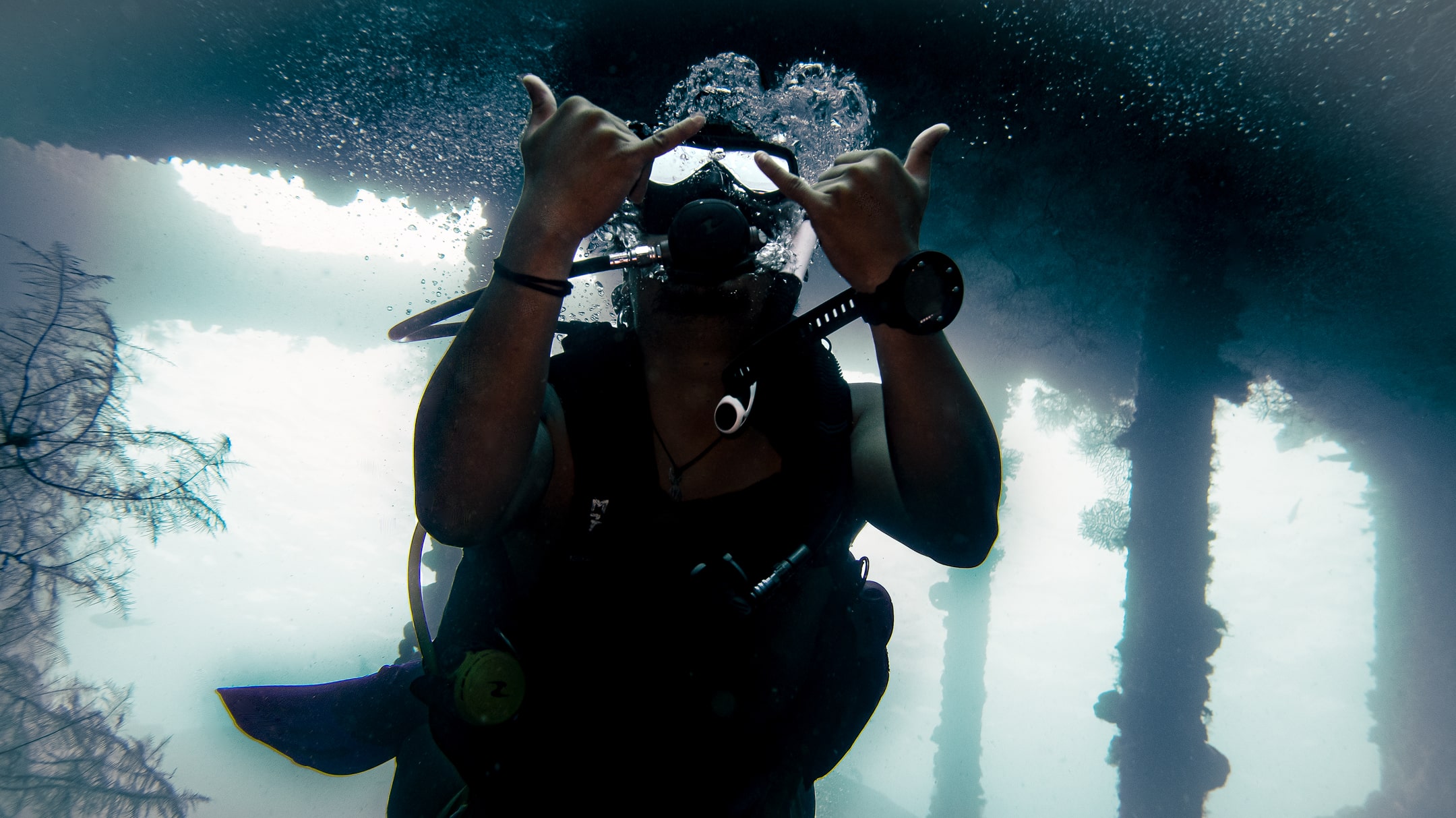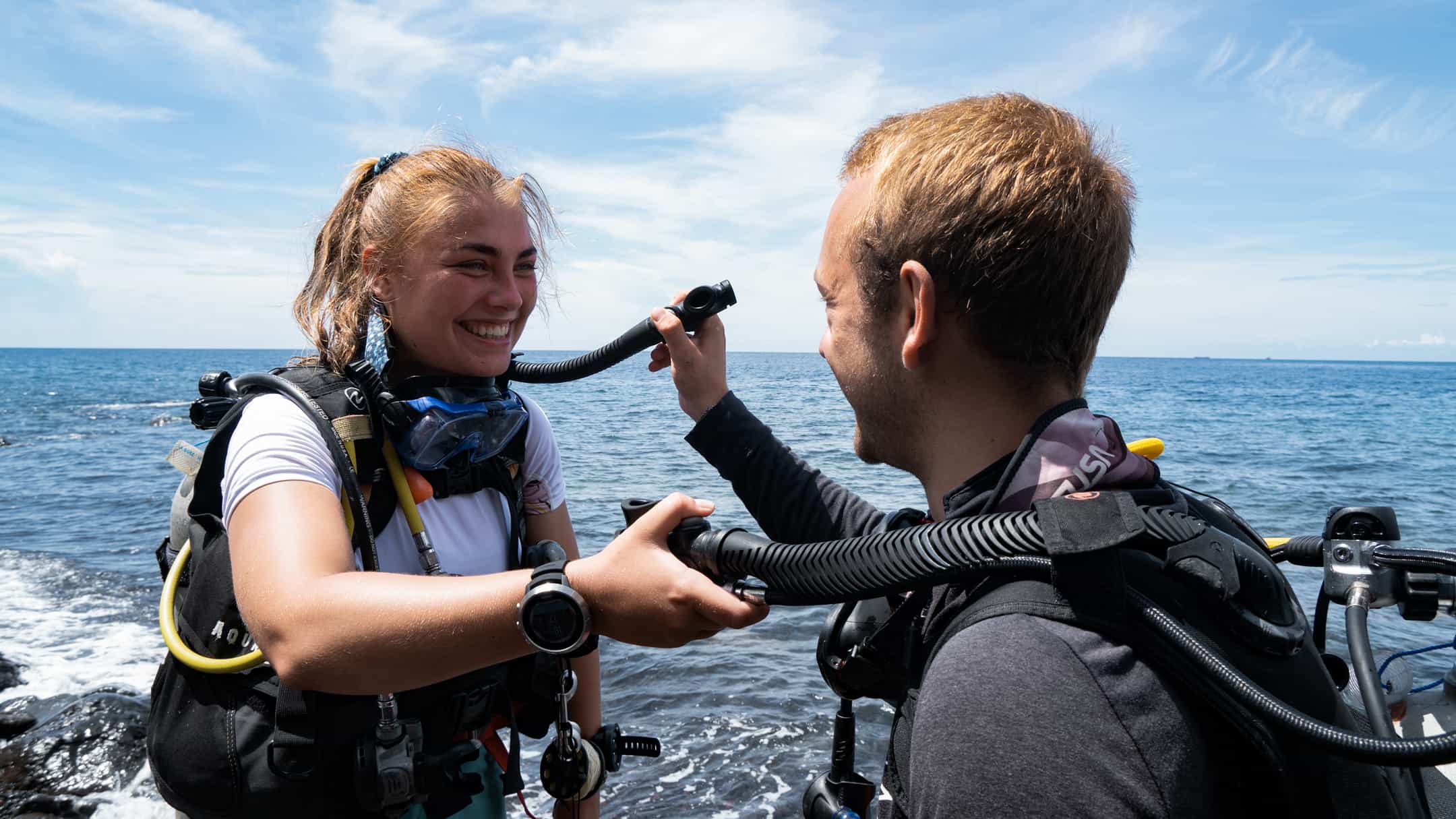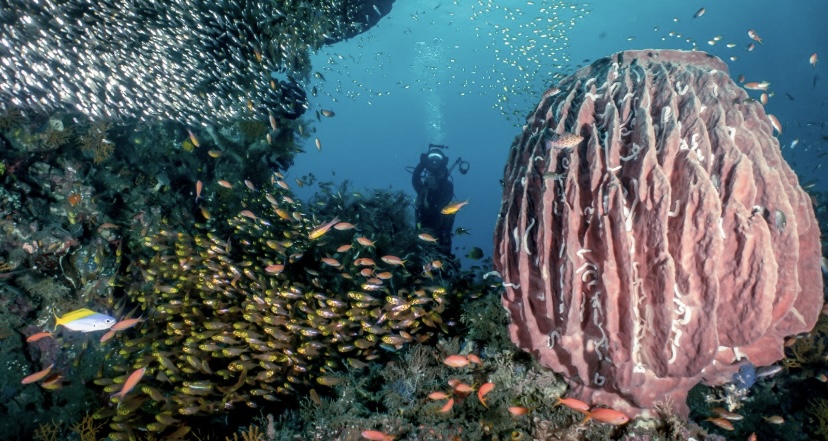Bali has a reputation as being one of the most desirable travel destinations due to its beautiful beaches, rich culture and enchanting waters. The island is home to many world-class diving locations and is the habitat to a diverse species of marine life.
Located on the equator, the weather is tropical all year round with temperatures ranging from 30 to 32 Celsius and lows in the 24 to 26 Celsius. There are two distinct seasons in Bali, the dry season that runs from May to September brings dry southeast winds from the neighboring Australian continent and the wet season that runs from November to March that bring in moist air.
In this article, we’ll give you some insight for the best times to dive in Bali as well as our recommendations.
Best Time to Dive
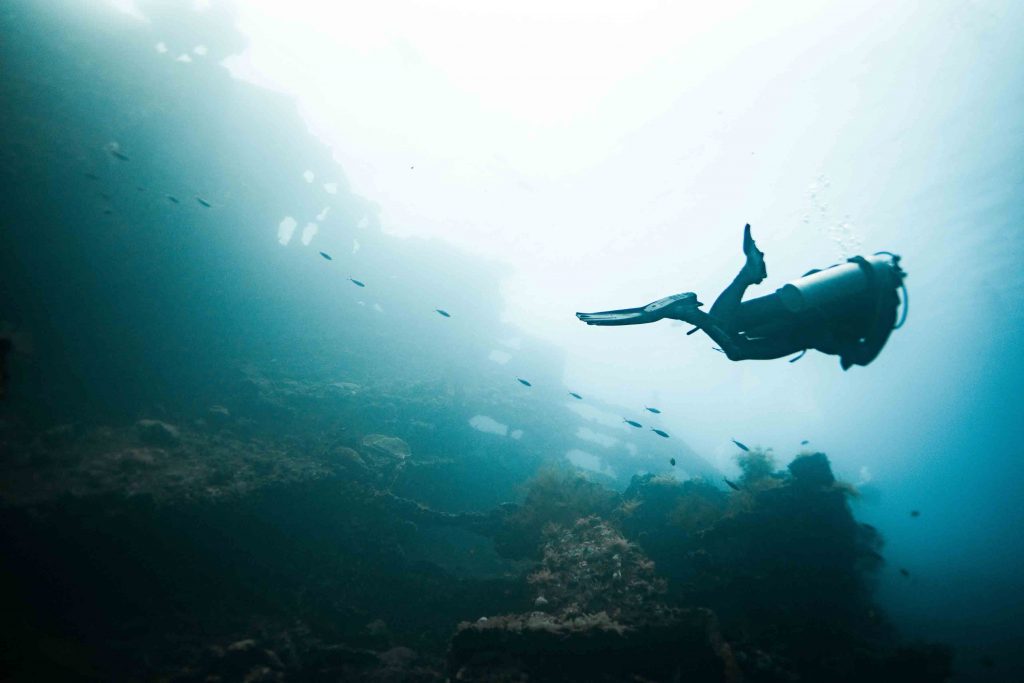
As we mentioned earlier, Bali has two distinct seasons one being the wet and the other being the dry season. In general, the best time to go diving are during the transition months as the season changes. This would mean around April or October, when the seas are relatively calm and the winds are gentle. In addition, the local Balinese have a lunar calendar known as the Saka. According to their lunar calendar, the best times to go underwater are during Sasih Kapat which is September through October, and the worst time being Sasih Kesanga during the early months of the year on February through March.
What we don’t recommend is diving during the monsoon season that last from December all the way through February. The rain makes for bad visibility on the East and Northern coast dive sites. Instead, we suggest you take a trip off the island and visit Komodo National Park as the manta rays can be seen roaming the area.
Seasonal Changes
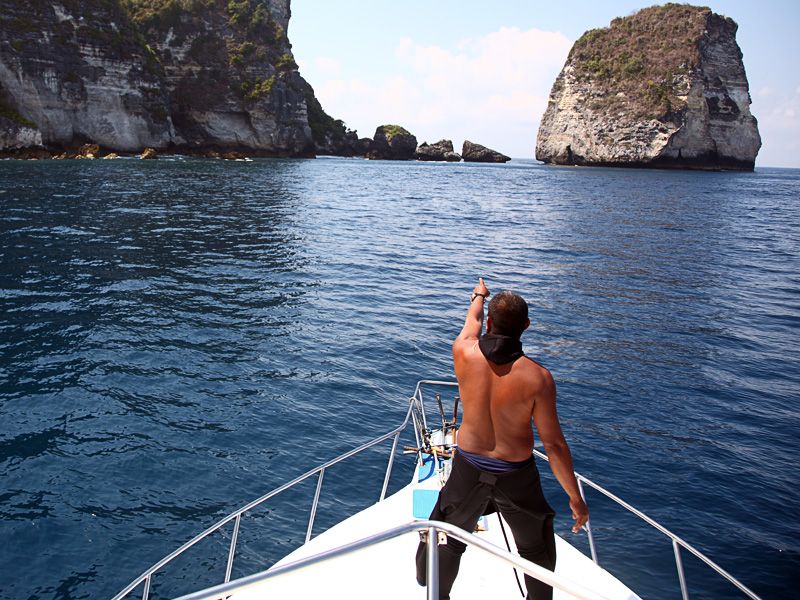
The southern coast of Bali sees and upwelling in the waters as the wet season ends. As the rain tapers off, cold nutrient-rich water from Java comes in to replace the water. This transition is when the phytoplankton bloom can be seen as the water gets exposed to the sun, and in turn invites the marine animals to come out of hiding. This upwelling event is also when East Bali and Nusa Penida sites become accessible for diving. You can expect to see the Mola Mola sun fish and other endemic sea creatures in these areas. Important to note is the slightly colder water temperature during these transition months.
One advantage for diving enthusiasts in Bali is the numerous diving locations found all around the island. This ensures that when one location is not suitable or dangerous for the season, you can always pick one of the other locations. Bali is also small enough for anyone to “chase” these different locations should the weather or ocean conditions change.
Experience Bali’s world-class underwater world with Blue Season Bali’s proficient diving instructors.

